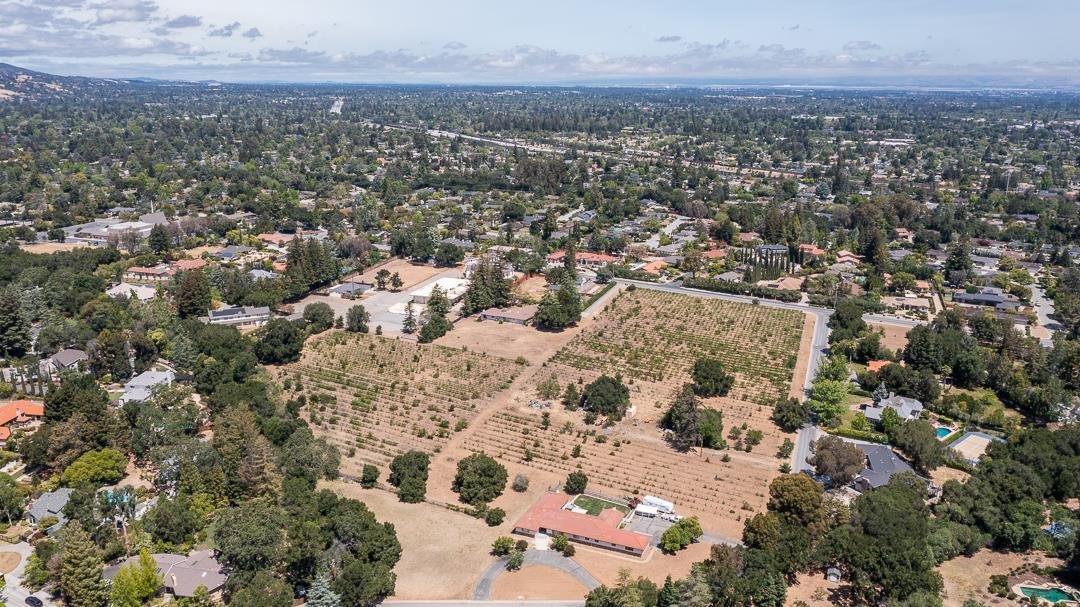
Entitle. Build. Manage. Repeat.
Our Services
Featured Project: Saratoga Vineyard
City Connect is dedicated to preserving Saratoga’s rural charm while addressing its housing needs with our 11.6 acre Vineyard One project. The project features 231 homes including 38 reserved for low-income households.
The project is designed to increase access to housing options in the area by leveraging Builders Remedy and SB330 to increase density to 231-homes.
While State law allows for a much higher density, City Connect Partners strategically developed Vineyard One to be a thoughtful moderate density project that meets both the need for housing and the historic characteristics of Saratoga.








